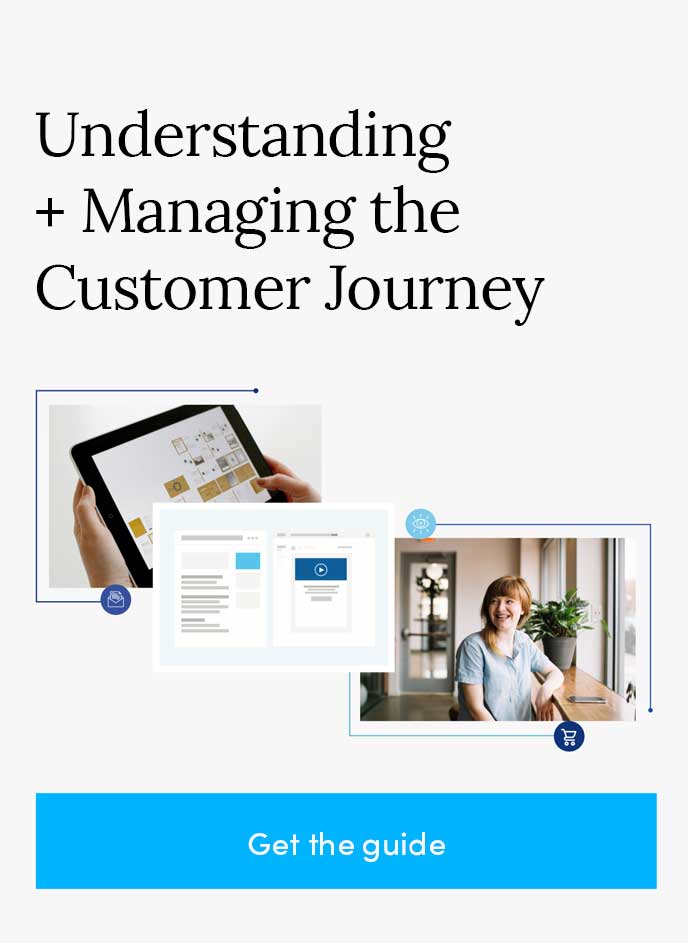We hear this statement a lot. “Tried social media; didn’t work.”
We get it. If a company has expended time, money, and valuable resources working on something with little or no return on investment, this defensive posture is understandable when we ask, “What have you tried in the past?”
The reality of social media though, is that your company might have simply been focusing on the wrong objectives.
Focus on your goals
When companies decide to invest time and money in social media it’s usually because they’ve seen it work for their competitors. The biggest challenge companies face in creating a strong social media presence is that the content they create is not the content that resonates with their consumers. Social posts need to be more than just ad hoc content. By creating goal-focused content, you can establish a goal for your social media content and measure its effectiveness more accurately.

Measure Your Data Correctly
Another big reason companies struggle to find the value in social media is because they’re measuring the wrong metrics for their strategy. What we often see when companies say social media doesn’t work for them — and this is critical — is that the key performance indicators (KPIs) they establish don’t correspond to where their customer is in the buyer’s cycle.
Here’s a quick breakdown of the types of social metrics you should be measuring at different stages of the buyer’s cycle:
- Awareness Stage – impressions, reach, engagement (i.e. likes + comments) and followers
- Consideration Stage – shares, saves (Instagram), video views
- Decision Stage – Form fills, phone calls, demo requests from social channels.
Consider paid campaigns
One way to see a boost in social media presence is to run paid campaigns. From increasing followers to increasing engagement, social media channels like Facebook, Instagram, Twitter, etc. offer a variety of targeted, paid campaign initiatives to help generate more brand awareness and leads.
So, how do you run social media?
Short answer … you need a strategy. It’s a balance. It’s about combining multiple strategies to create one cohesive, multi-layered plan, so all your efforts support one another.
Companies should focus on understanding their customers’ journey, and create consistent, organic content that highlights the benefits of their product, service, and brand, while also creating specialized content to support paid media.
In the end, the real problem isn’t social media, it’s that most companies don’t create content their prospects actually care about. And the reality is that companies not properly tapping into social media are already falling behind, often not allocating enough budget to get the job done, or not optimizing for the correct funnel strategies.
The best thing you can do is to start thinking about who your audience is, where they are most likely spending their time (both personally and professionally), and what is it about your brand will matter the most to them. The answers to those questions can kick start a successful social media strategy.
You can access SSDM social-media success stories through these links.






